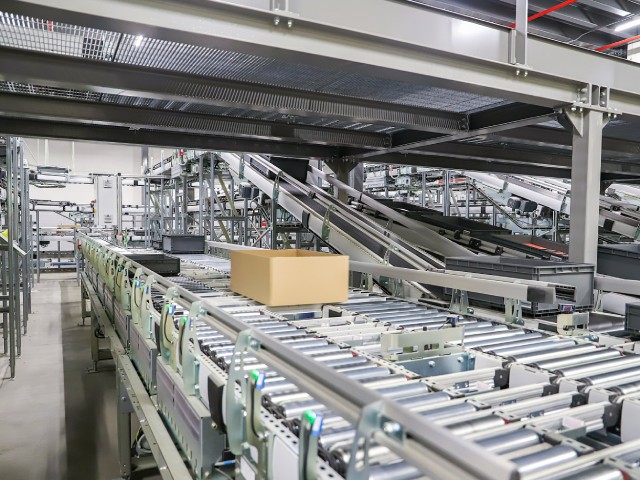
The merging of innovative technologies such as automation, the Internet of Things (IoT), and advanced data analytics presents unprecedented opportunities for businesses to streamline operations and outpace competitors. Embracing warehouse modernization involves more than just upgrading physical space; it requires reevaluating logistics practices, inventory management, and labor optimization.
Leveraging these advancements can significantly improve accuracy, speed, and service levels. Sustainable practices are gaining traction, demanding warehouses adopt eco-friendly solutions that reduce waste and energy consumption. These five warehouse modernization strategies for competitiveness will help businesses survive and thrive in this competitive landscape.
Robotic automation revolutionizes warehouse operations by enhancing speed, accuracy, and efficiency. Advanced robotics systems, including autonomous mobile robots (AMRs) and robotic arms, automate the picking, packing, and sorting processes. AMRs navigate the warehouse floor, transporting goods and reducing human labor, while robotic arms handle repetitive tasks with precision. Incorporating robotics reduces operational costs, minimizes errors, and maximizes results, allowing warehouses to operate smoothly and efficiently.
Smart inventory management systems (IMS) leverage real-time data and analytics to optimize inventory control, one of the main things every warehouse needs to thrive. By integrating IMS with existing warehouse management systems, businesses can track stock levels, predict demand fluctuations, and streamline replenishment processes. This leads to reduced carrying costs and minimized stockouts or overstock situations. Smart IMS provides visibility into product lifecycle and movement, enabling strategic decision-making while improving customer satisfaction.
Advanced data analytics provide actionable insights that drive warehouse optimization. Artificial intelligence (AI) and machine learning (ML) enable warehouses to analyze large datasets to identify patterns, forecast demand, and optimize workforce deployment. Businesses can further enhance material handling efficiency with data-driven solutions by understanding how cartesian gantry systems work. This capability reduces operational costs and improves delivery performance and customer satisfaction—critical components in maintaining a competitive advantage.
The Internet of Things (IoT) is transforming warehouses into interconnected smart spaces. IoT-enabled devices, such as sensors and RFID tags, offer real-time data on inventory levels, equipment status, and environmental conditions. These devices communicate seamlessly with management systems, enabling preventive maintenance, asset tracking, and condition monitoring. By leveraging IoT, warehouses can reduce downtime, optimize asset utilization, and ensure product quality.
Modern warehouses must also focus on sustainability by upgrading to energy-efficient infrastructure. Implementing LED lighting, solar panels, and energy management systems can significantly reduce energy consumption and lower operational costs. These investments contribute to environmental goals and enhance brand reputation and customer loyalty. Aligning with green initiatives demonstrates corporate responsibility, attracting eco-conscious consumers while reducing the facility’s carbon footprint.
By adopting these warehouse modernization strategies, businesses can position themselves at the forefront of industry innovation. Incorporating advanced technologies and sustainable practices will boost productivity and cost efficiency and ensure long-term competitiveness in a dynamic market. The journey toward modernizing your warehouse operations is an investment in your business’s future success and resilience.
24World Media does not take any responsibility of the information you see on this page. The content this page contains is from independent third-party content provider. If you have any concerns regarding the content, please free to write us here: contact@24worldmedia.com